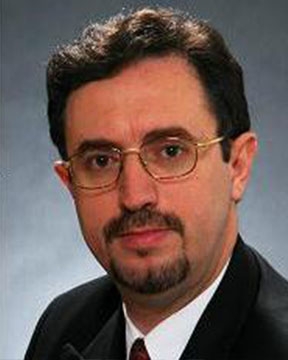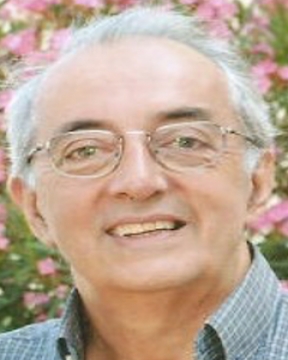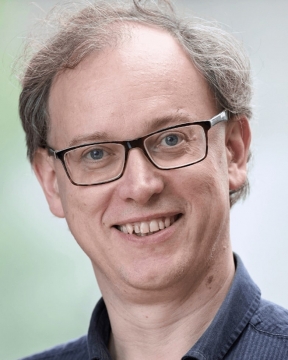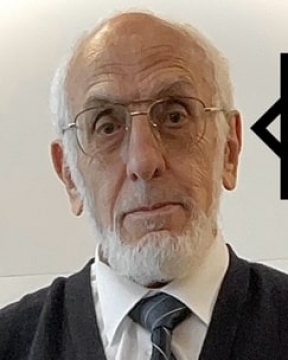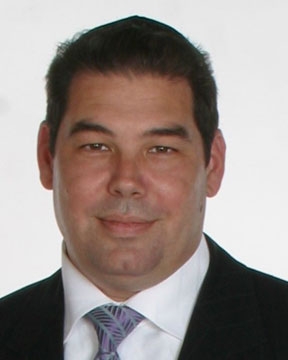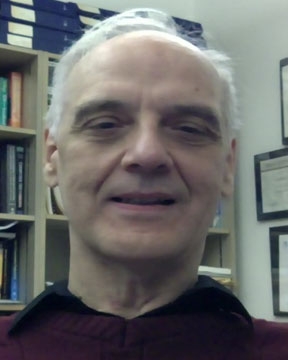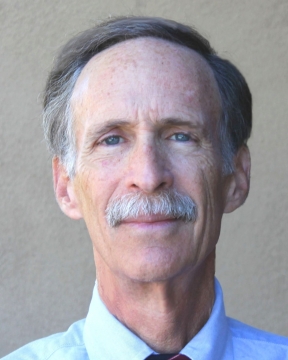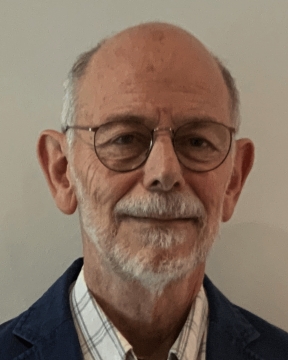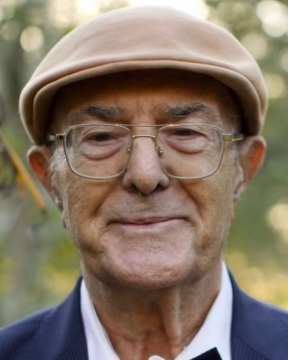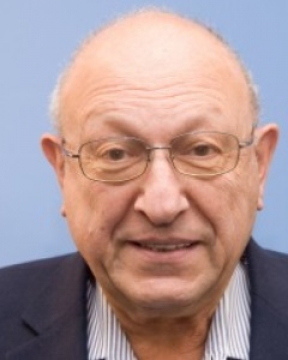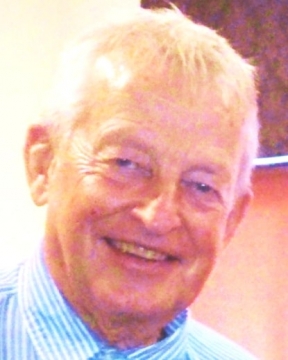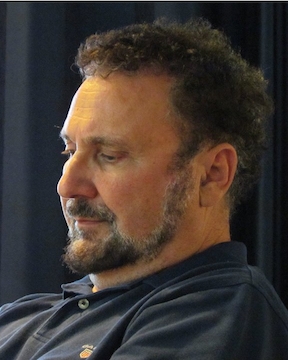This major symposium is in honor of the distinguished work and lifetime achievements of Dr. Louis Kauffman, a very well-known professional with deep impact in mathematics and its applications for sustainable development.
This will be an interdisciplinary conference centered on themes from Kauffman’s research and research interests. We will describe these interests and at the same time indicate the
ideas that are of interest for the conference.
Kauffman's research is in topology, foundations, elements of form, and in low dimensional topology and knot theory, and their relationships with mathematical physics and natural science.
His work in the early 1970’s on higher dimensional knotting and exotic structures on higher dimensional manifolds uses generalizations of branched covering constructions, and is fundamental to the topological understanding of these structures articulated via Brieskorn varieties and links of algebraic singularities. These constructions for non-standard differentiable structures remain mysterious to this day, and are surely linked with fundamental physics – just as was the case for the manifolds studied by Brieskorn in the light of their use by the physicists Pham and Tulio Regge.
Kauffman discovered a state summation model for the Alexander - Conway polynomial in 1980 and discovered the bracket polynomial state model for the Jones polynomial in 1985 . These state models constitute the first direct application of partition functions to the construction of knot invariants. In the case of the bracket polynomial model, Kauffman showed that this state summation is a version of the Potts model in statistical mechanics - translated to knot diagrams.
He discovered a two variable generalization of the original Jones polynomial that is called the semi-oriented or Kauffman polynomial. Since these discoveries his work has been primarily directed to the structure of the new invariants of knots and links. The bracket model led Kauffman, Murasugi and (independently) Thistlethwaite to proofs of the Tait conjectures about the topological invariance of number of crossings for reduced alternating link projections.
Kauffman’s research in virtual knot theory has opened up a new field of knot theory and has resulted in the discovery of many new invariants of knots and links. In particular, the state structure in the Kauffman bracket was used by Mikhail Khovanov to create the theory of Khovanov Homology for knots, producing new and subtle invariants. Dye, Kauffman and Kaestner, using constructions of Manturov generalized Khovanov Homology to virtual knot theory and accomplished a new version of the Rasmussen invariant in that way. This gave rise to a determination of the 4-ball genus of positive virtual knots and Kauffman applied this result to obtain a corresponding determination of the reconnection numbers for knotted vortices corresponding to positive knots and links.
Kauffman’s work on knotoids with Neslihan Gugumcu and with Eleni Panagiotou has led to a number of applications to studies of open knotted long chain molecules and relationships with protein folding. The work on knotoids is of interest by itself for its applications to chirality of knotoids and other new invariants for them that are obtained by generalizing the original state summation model for the Alexander polynomial discovered by Kauffman in 1980. This Formal Knot Theory state summation now has a wide application to knotoids and to knots in the thickened torus, and is under intense scrutiny.
Kauffman’s work on Temperley-Lieb Recoupling Theory with Sostenes Lins led to new approaches, in joint work with Sam Lomonaco, to the Fibonacci model (Kitaev) for topological quantum computing. He has recently worked on representations of the Artin braid group related to the structure of Majorana Fermions and relations to the Dirac equation and to nipotent solutions of the Dirac equation in the sense of Peter Rowlands. He is presently working on specific problems about reconnection and chirality in knotted vortices and for knots in liquid crystals (ongoing work with Ivan Smalyuk).
Kauffman’s work in topology and mathematical physics is directly related to his work on foundations, diagrammatic systems, form and logic. He has written numerous papers on the idea of distinction in relation to form and mathematical form, the structure of replication in logic and biology, the structure of recursion and self-reference, fractals, quaternionic fractals and most generally the relation of sign and space in the sense of Charles Sanders Peirce and George Spencer-Brown. He has applied these concepts to graph theory and to knot theory, to quantum information theory and to other problems in topology. This area of his work is related to the long-standing discussions of the Alternative Natural Philosophy Association (founded by F. Parker-Rhodes, Clive Kilmister, Ted Bastin and Pierre Noyes circa 1980). These discussions begin with the idea of the Combinatorial Hierarchy – a conception of the structure of physics in terms of recursive discrimination. This vision of physical foundations continues to the present day and sparks work of a number of people, including Kauffman and Rowlands and other members of the ANPA group.
With these associations and themes in place, it will be appropriate in the conference to bring together persons interested in foundations of knowledge and indeed in topological foundations of physical and mathematical knowledge. Our point of view is that the quests for understanding that are called mathematics and are called physics are two sides of one larger investigation that would understand the relationship of perception and concept. It is at the point where perception and concept occur together in co-creation that we have the possibility to comprehend the world.
It is to be hoped that this conference will help us in this quest.
ROUND TABLE DISCUSSIONS
A round table discussion open to everyone interested will be organized during the symposium. This will allow high level representatives of various industries, technologies, and academic disciplines to discuss and debate freely, without reservations, all topics of this symposium and identify possible research and development pathways towards a future industry with increased sustainability. Click here for a description of the topics of symposium and the round table.
You are cordially invited to actively participate in this symposium by submitting and presenting a paper, or by attending the round table. We look forward to meeting you at this world class symposium.
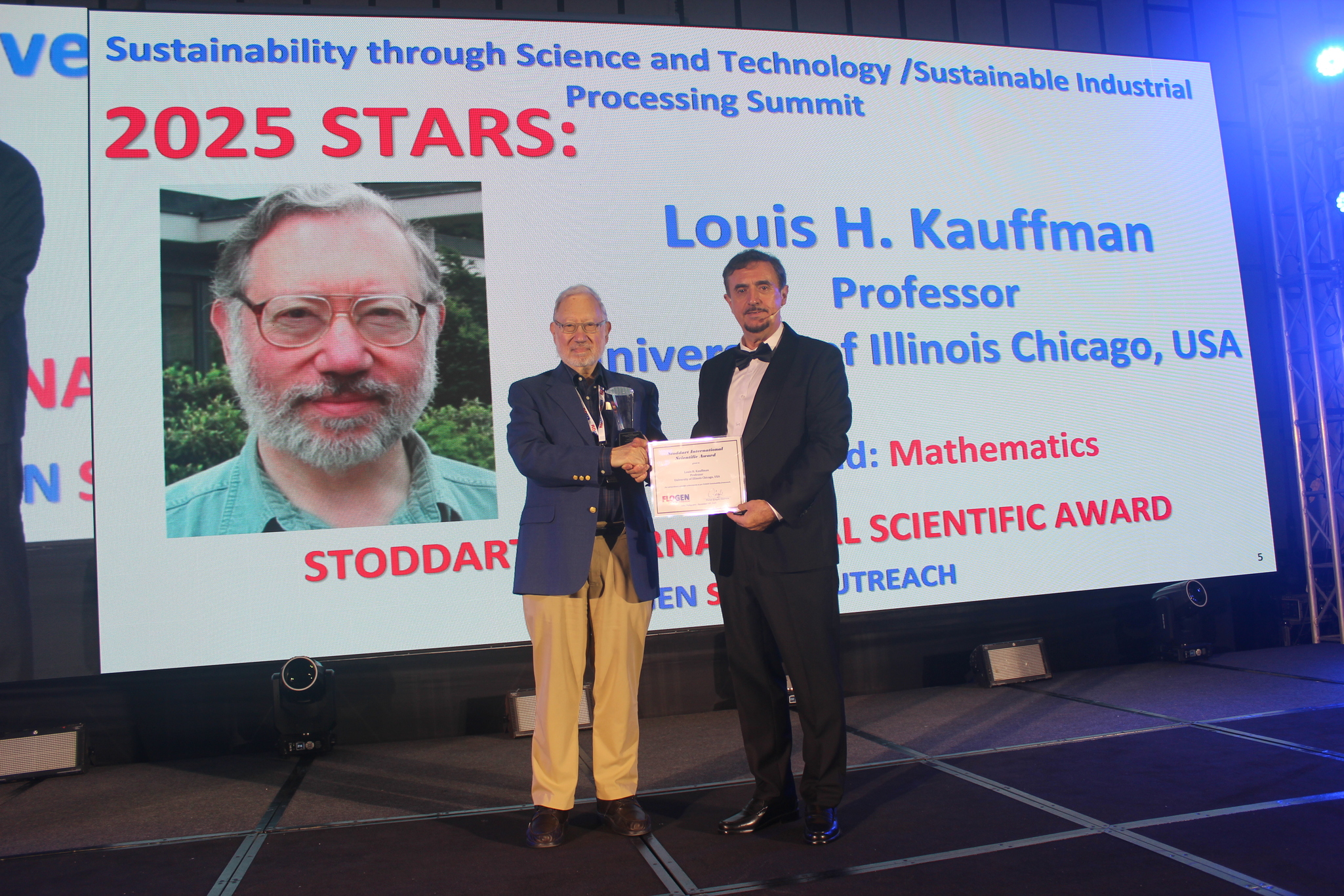
Dr. Louis Kauffman receiving the Stoddart International Scientific Award from Dr. Florian Kongoli at FLOGEN SIPS 2025




